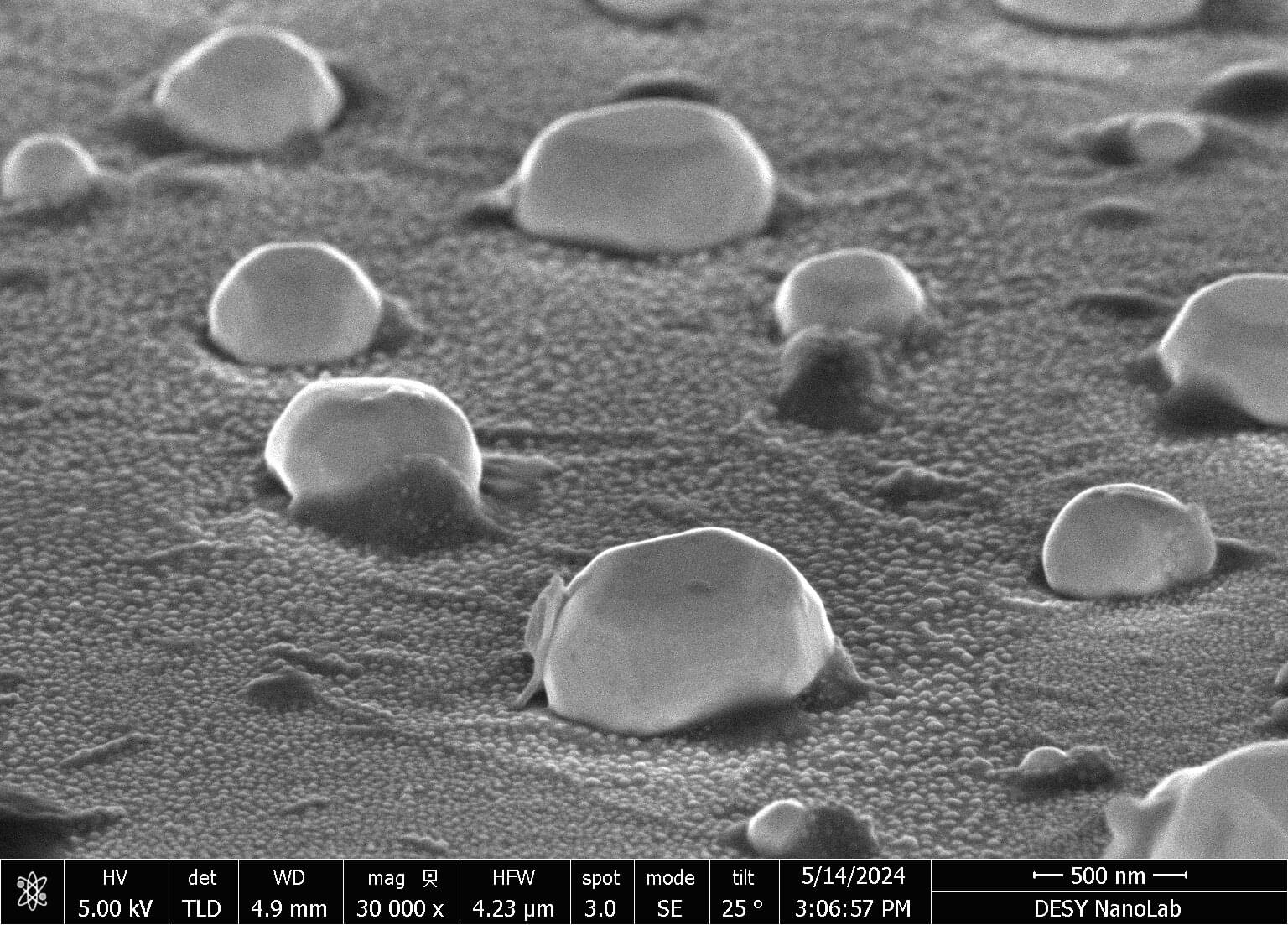“This finding by Perseverance …is the closest we have ever come to discovering life on Mars,” said acting NASA administrator Sean Duffy in a statement. “The identification of a potential biosignature on the Red Planet is a groundbreaking discovery, and one that will advance our understanding of Mars.”
Perseverance did not discover fossilized microbes and it surely didn’t discover living ones. What it found was a rock streaked in a range of colors—red, green, purple, and blue—flecked with poppy-seed-like dots and decorated with what the Perseverance scientists compared to dull yellow leopard spots. That said a lot. As the rover’s instruments confirmed, the red is iron-rich mud, the purple is iron and phosphorous, the yellow and green are iron and sulfur. All of those elements serve as something of a chow line for hungry microbes.
The poppy seeds and leopard spots, meantime, resemble markings left behind by metabolizing microbes on Earth. When the rover trained its instruments on those features they detected two iron-rich minerals—vivianite and greigite. On Earth, vivianite is frequently found in peat bogs and around decaying organic matter—another item on the microbes’ menu. And both minerals can be produced by microbial life. Images of the rock with its distinctive features were beamed back to Earth by Perseverance, while X-ray and laser sensors analyzed the chemistry of the markings.







